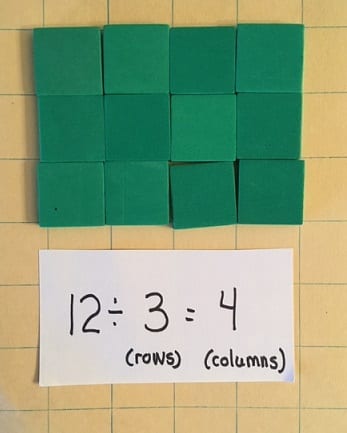Hello Parents!
We are thinking about each of your families during this time and hope that everyone is safe and healthy. We miss the students so much! Today, we wanted to share some learning activities that you can do at home with your children. Many of these activities can be completed independently. Please continue to check the blog, school messengers, and the news daily for updates.
Thank you for your patience and support.
Grade 3 Teachers
Math
Please encourage your child to practice skip counting by 2, 3, 5, 10 and 25. Starting at any given number counting forwards and backwards.
Practice basic math facts through playing card games
You can make this a game of WAR! Pick your operation (adding, subtracting, multiplying or dividing), each player chooses a card at the same time and you race to say the answer. The quickest response takes the cards
Reading
With the understanding that access to books may be limited at this time, please continue daily reading, when possible, with your child.
The following websites are offering free subscriptions for the time being. If you’re interested, follow the links below:
Writing
Get creative, write a story using this story prompt.
Looking down from the Eiffel Tower you notice your bright yellow school bus is pulling away. You wave your arms frantically and scream at the top of your lungs. Sadly you realize you are stranded 81 stories above the ground and you have not learned any French yet.
We would love to read your writing! If you’d like, please share your story with your teacher on google docs! If you require assistance with passwords to access online resources, please feel free to email your teacher.
We will continue posting learning activities that you can complete until we receive more information from the board on how our school board will proceed.
Thank you for your patience, understanding and support during this uncertain time.
Ms. Gierl



















